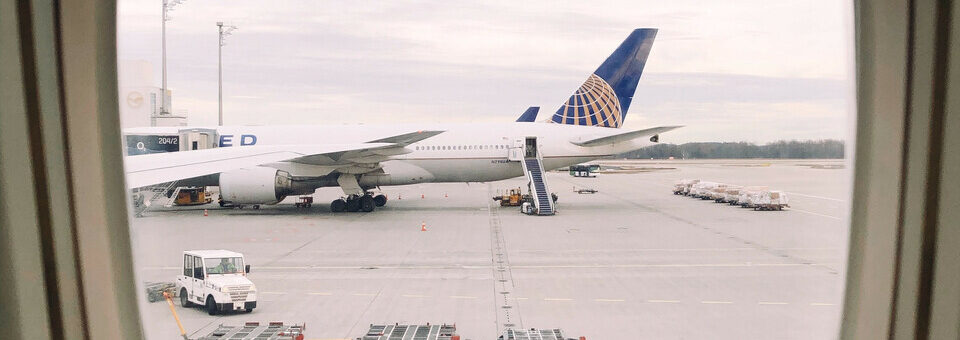
Why Can Private Planes Fly When Commercial Planes Are Grounded?
NY – On June 28, 2023, United Airlines CEO, Scott Kirby, took a private jet from New Jersey to Denver. While a CEO taking a private jet isn’t typically a newsworthy event, it was that day because United Airlines canceled 750 commercial flights. These untimely cancellations stranded thousands of passengers across the country.
This flight was flagged by many as an insensitive move on Scott Kirby’s part. Even so, it’s important to consider why private planes can still fly when commercial flights are canceled. Commercial flights can be canceled for a variety of reasons, including severe storms, labor disputes, staffing shortages, and issues with the Federal Aviation Administration (FAA).
While weather was primarily cited as the reason for the cancellations at Newark Liberty International Airport (EWR), other factors were also at play. On June 24, 2023, the FAA decreased the rates of arrivals and departures by 40 and 75 percent respectively. Airlines rely on being able to position their staff and aircraft so that everything and everyone is ready for the next flight, and those reductions could have negatively impacted the number of flight crews and jets that were available.
The weather that appeared on June 25 simply exasperated the existing problems. Of course, you may be wondering why private jets are allowed to fly when commercial flights are canceled. Private jets can choose to base themselves at smaller non-primary commercial service airports, primary airports or reliever airports rather than primary commercial service airports. For instance, private aircraft in the New York area often depart via Teterboro Airport (TEB) in New Jersey, which is classified as a reliever airport.
One reason that private charter companies are less likely to experience staffing issues is that pilots and copilots tend to live near the airport where they’re based, which makes it easier to get them to the airport when they are needed. Charter planes also typically need fewer staff per jet. Commercial airlines typically have a pilot and a copilot along with 5 to 12 flight attendants, and sometimes a flight engineer. Private jets typically only have a pilot and a copilot. They may or may not have any flight attendants, depending on how many passengers are on board and the applicable FAA requirements.
Additionally, private jets often fly at higher altitudes than commercial jets, and they fly faster. This means that they may be able to fly over inclement weather. Additionally, they have more leeway when it comes to flying around storms and choosing arrival airports that aren’t impacted by these weather patterns.
This isn’t to say that private jets aren’t impacted by staff issues and severe weather. They can be. But they can also be a viable alternative to flying commercial because these aircraft often fly out of smaller airports, and they have a broader range of airports where they can land.